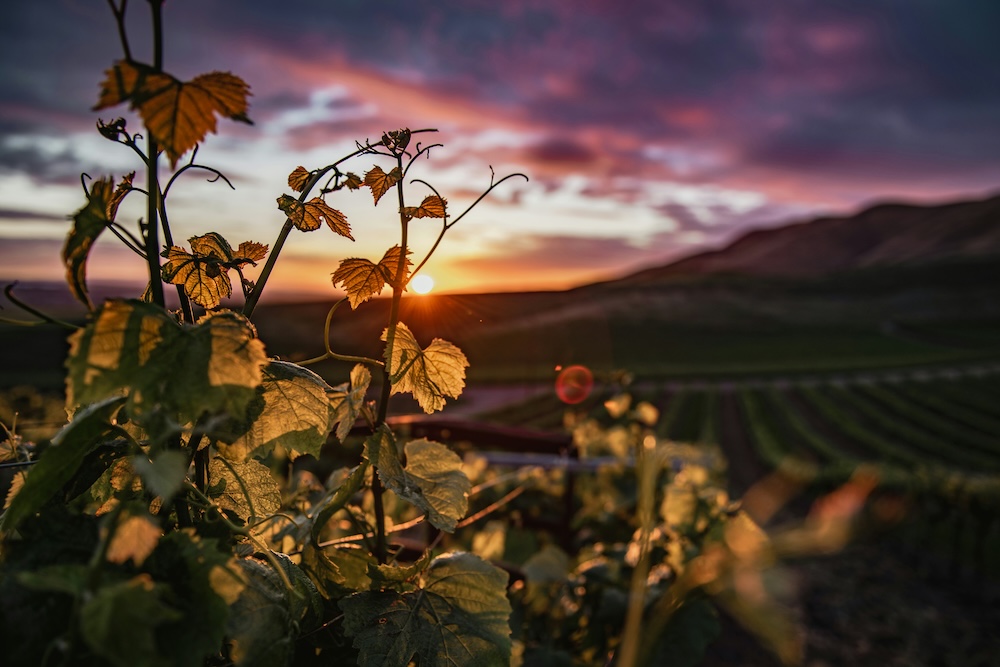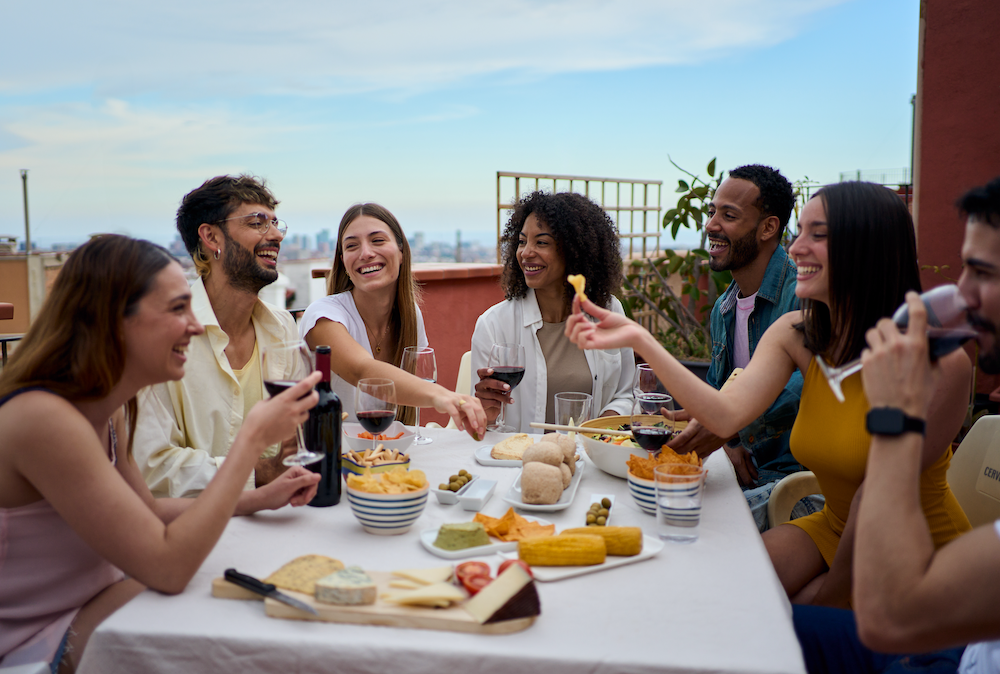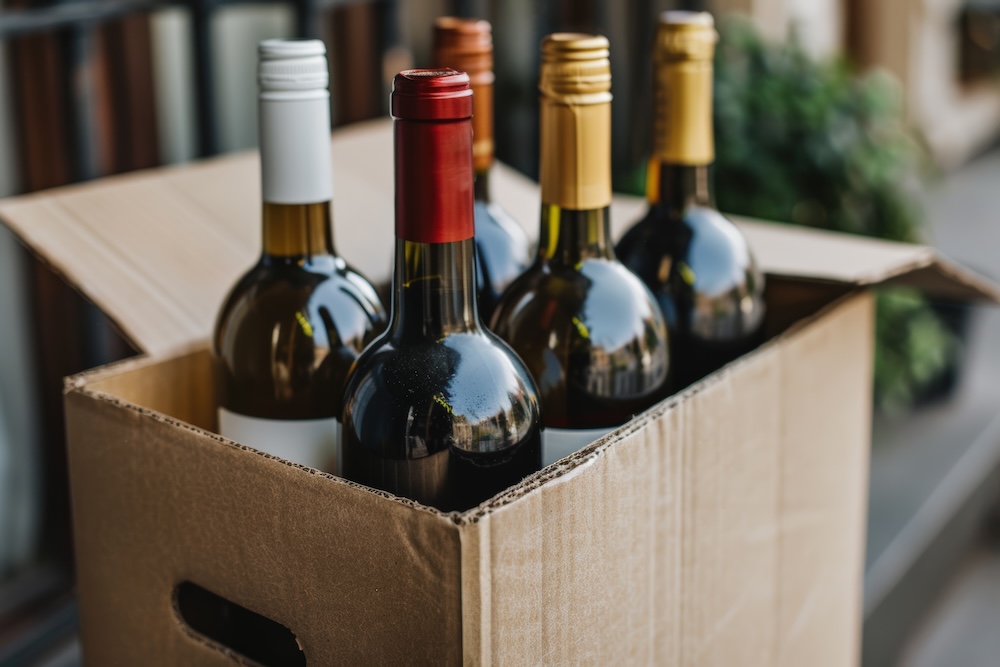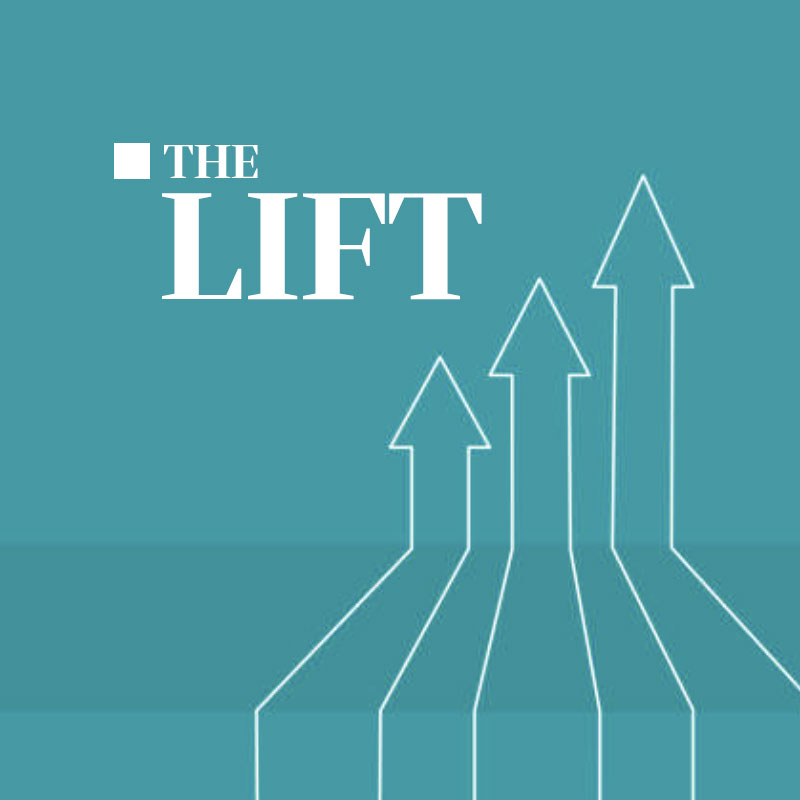‘Tis the season for holiday celebrations, which means it’s a busy time of year for those in the wine industry.
During the months of October, November, and December – or “OND” as they are known in the business – consumer spending on wine hits its peak, with holiday gatherings and gift-giving driving many of those purchases. With more consumers shopping for wine online, the holiday season provides a great opportunity for wineries to expand their direct-to-consumer (DTC) sales and leverage that exposure to grow their annual wine club memberships.
If you manage a wine industry website that handles DTC sales, you know even your busiest time of the year comes with challenges, three of the biggest being…
- Standing out in a crowded marketplace
- Attracting and engaging younger consumers
- Navigating regulatory and shipping complexities
Your website can help address these challenges if you’re strategically investing in the type of content and technology that can turn your site into a powerful sales and marketing tool. In the paragraphs that follow, we look at the top challenges for wine industry websites and how to overcome them.
1. Standing Out in a Crowded Marketplace
Challenge: The wine industry is highly competitive, with countless wineries and retail distributors competing for customers’ attention. How can you differentiate your brand and products in a saturated market, especially online?

Solution: Focus on storytelling as a way to define and communicate your brand’s unique value proposition, using your website as the delivery vehicle for that messaging.
- Underscore your winery’s history, your values, and what makes your approach to winemaking different from your competitors.
- Highlight your grape varieties (and their origins), viticulture, production process, and sustainable practices.
- Showcase your people, including your founders, winemakers, sommeliers, tour guides, and hospitality staff.
- Incorporate customer reviews and accolades, certifications, awards, and critical acclaim you receive from industry insiders.
- Package your stories with high-quality photo and video assets of vineyards, wine-making facilities, tasting rooms, hospitality spaces, and your product catalog to recreate the experience of an in-person visit for online shoppers.
Rich content like this adds color and authenticity to your messaging and gives prospective buyers a reason to pay attention to what you’re saying – and selling.
Example: Pride Mountain Vineyards
2. Attracting and Engaging Younger Consumers
Challenge: As we’ve previously reported, younger generations (Millennials and Gen Z) are displaying less interest in wine. So, how can you leverage one of your most important digital assets to attract “Digital Natives” and grow your customer base?

Solution: Invest in a modern, mobile-friendly website design that includes educational content, interactive features, and provides younger consumers with a way to share their experiences with your brand among their peer group.
- Optimize your website design and page layouts for use on mobile devices.
- Use a clean, minimalistic design with easy-to-read fonts, vibrant colors, animation, and intuitive navigation.
- Demystify wine varieties and the wine-selection process by incorporating beginner-friendly guides, tutorial videos, and helpful infographics.
- Offer virtual wine tastings and/or live-streamed Q&A sessions to help novice buyers learn about your products and membership programs in a welcoming environment where they feel comfortable asking questions.
- Draft articles on tasting notes, culinary wine pairings, and seasonal recommendations to go with holiday flavors and celebrations.
- Develop quizzes to personalize the shopping experience and incentivize sampling (e.g., “What Wine Matches Your Personality?” or “Find Your Perfect Wine Pairing”).
- Create rewards programs where shoppers earn points (or discounts) toward future purchases for attending tastings, submitting reviews, or initiating referrals.
- Encourage visitors to share their in-person and virtual experiences with family and friends via social media, and make it easy for them to repost your digital content.
Digital Natives rely on word-of-mouth marketing from family, friends, and other influencers, and they seek out authentic experiences with brands and products that align with their personal ethics and values. Intentionally crafting your web content to meet their expectations is a logical way to connect with younger generations who are always “connected.”
Example: Bell Wine Cellars and Bell Wine’s The Scoundrel
3. Navigating Regulatory and Shipping Complexities
Challenge: Selling wine online is complicated, especially when you’re doing it across county and state lines. How can you keep current on the myriad of jurisdictional rules and regulations to ensure your online sales and related shipments are legal?

Solution: Implement an ecommerce platform that offers a turnkey set of compliance tools that automatically calculate taxes by jurisdiction, verify a purchaser’s age, and ensure shipping eligibility to the desired destination. Provide clear information about your shipping policies on your website to manage customer expectations.
- Choose ecommerce platforms, such as eCellar, Commerce7, Vinoshipper, or WineDirect that specialize in online wine sales.
- Consider integrating GeoIP-based tools into your online sales platform that generate pop-up messaging specific to customers’ locations.
- Display a comprehensive FAQ or Shipping Policy page, that covers any shipping restrictions, additional costs, and expected timelines for delivery of online wine purchases.
- Accept multiple online payment options, including mobile wallets (e.g., Apple Pay or Google Pay) and one-click checkout solutions (e.g., Shop Pay).
- Update your compliance records and policies regularly to stay on top of evolving regulations and sync those updates to your website content.
Wine industry websites that don’t clearly communicate legal restrictions, shipping options, and tax implications risk confusing potential buyers and discouraging their purchases. Offer transparency, even if it means someone can’t buy from you online. You can still use website content to target those prospects through other digital marketing channels (e.g., email, social media, digital advertising) and invite them to in-person opportunities to sample and buy your wines.
Example: More on our direct experience with eCELLAR and its Founder and+ CEO Paul Thienes
Conclusion
The work to transform your wine industry website into a potent sales and marketing machine doesn’t end after you implement the strategies and tactics listed above. It requires continuous site updates and upkeep – from adding new articles, quizzes, videos, and testimonials to updating your software and compliance tools to reflect regulatory changes. And don’t forget monitoring your site for performance issues, such as SEO, page speeds, accessibility, and mobile responsiveness to ensure interested parties can find you online and fully experience all of the meaningful content you’re creating.
The investment you make in implementing these solutions will help you create a website that drives sales and builds lasting connections with your customers. That’s something worth celebrating any time of the year.
Have a Website Challenge You Need to Overcome?
We’re here to help! Complete the form below so we can schedule a conversation and help you find the solutions you need.


